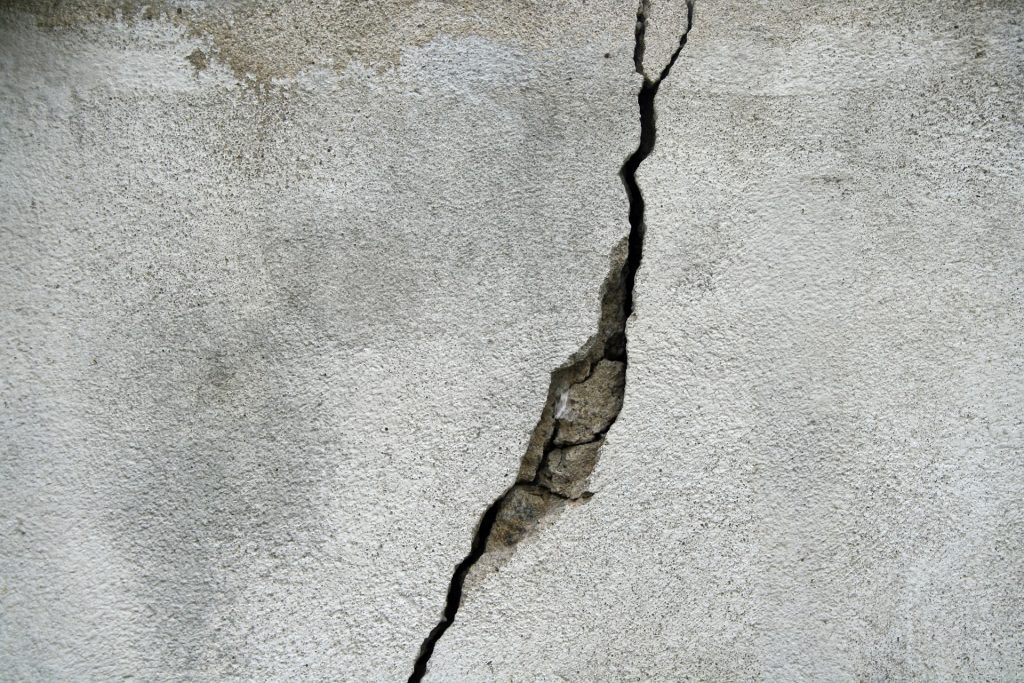Introduction
Contents
The roads are mostly paved using asphalt materials these days. This is a better and fast way to cover the millions of miles of highways. But everything has its drawbacks, and rutting and cracking are two main concerns while using asphalt concrete materials. Various types of cracks can cause deterioration, including transverse, longitudinal, fatigue, block, reflective, edge, and slippage. These cracks are tough to prevent, but the pavement can be repaired from time to time. The crack treatment technique can be performed with the help of crack filling machines by the transportation department to extend the life of the pavement and save a considerable amount of public funds.
The crack treatment mainly focuses on protecting the layers under the cracks from moisture and further damages. It can be done using two methods Crack sealing and crack filling. Crack sealing includes routing cracks by placing material into the routed channels. Crack filling is nothing but simply sealing the cracks without any modifications in the crack walls. This type of treatment is way more cost-effective than the other maintenance programs. Several pieces of research and surveys show that crack filling and sealing methods save a lot of time and money than chip seal treatment and overlay treatment.
Crack treatment techniques
The transportation departments have been using these two techniques for decades now, and both of these are utterly efficient in getting the job done. Crack sealing, as mentioned above, uses a routed channel in a crack and fills with a sealant material. On the other hand, crack filling is used if the crack is minor and there is no such requirement to create a route channel before sealing it up.
There is a negligible difference between these two, but it is significant enough to increase the labor, time, and cost required in crack sealing than crack filling. The main motive of both the treatment methods remains the same, i.e., to prevent water intrusion into the pavement surface, damaging the underground layers of asphalt. It is not recommended to use crack filling if the damage is severe, and it requires creating a route before sealing the crack. Using a crack filling machine to seal the crack is for low or moderate cracks with very little or no signs of branching. The crack treatment requires a proper methodology to implement in the best possible way.
Steps involved in an effective and efficient crack treatment
- The proper sealing material: To choose the right sealing material depends on factors like pavement condition, climate, and how the Sealant will mix with the pavement. This first step decides how good the process will turn out to be.
- Other preparations: The other preparations like climatic conditions, traffic control, and other equipment required are done to carry out the treatment. The cracks are also analyzed to know what type of treatment is needed. Another primary step of routing is also performed to ensure a better seal, only if required.
- Applying Sealant: after all the preparations and when the cracks are ready to be filled, the Sealant is applied using a crack filling machine. Ensuring a fill from the bottom is the key to do it.
- Reviewing results: After the work is completed, the site is examined thoroughly to check whether the material, cost, and time spent in the treatment were up to the mark or not. It is necessary to ensure a good seal for a long-lasting repair.
A detailed analysis
- Site analysis: The process is not simple as it looks. The first step is to choose a good site that needs treatment. Repairing at a perfect time at an ideal place is quite essential as it will be out of control if it’s late and it will be a wastage of money if done early.
- Analyzing the cracks: After selecting the site that needs crack treatment, the sizes and severity of cracks are to be analyzed in the next step. The measurements of the cracks for crack sealing are determined using slide calipers. This clears up many further actions like time requirement, material and labor requirement, and much more things.
- Choosing a suitable technique: In the next step, the research team determines which technique will fit according to the analysis of the crack. The other factors considered while choosing the technique are budget, estimated time, manpower availability. The two prominent techniques are crack filling and crack sealing. Other techniques are used if the damage has gone entirely out of hand.
- Cost and time analysis: After choosing the technique, the estimated cost and time required for the treatment are determined. The tenders are invited, and the job is given to the one who matches the standard cost and time required. Other factors considered in the analysis include traffic control cost, length sealed per day, and equipment requirements like an air compressor, router, and crack filling machines.
Conclusion
The crack treatment is a technique that requires a lot of essential steps and thorough study to know how such a huge cost can be minimized. The job should be accurate to extend the life of the pavement. Mistakes like too much Sealant or drips and puddles can’t be ignored. If still any of this happens, corrective measures should be taken immediately. Although the settling time depends on many conditions, the freshly sealed surface should not be exposed to traffic really soon.
The cost analysis like initial construction cost, material and labor costs, and AAC cost calculation can help determine many important reasons for money wastage, and measures should be taken to minimize them.

